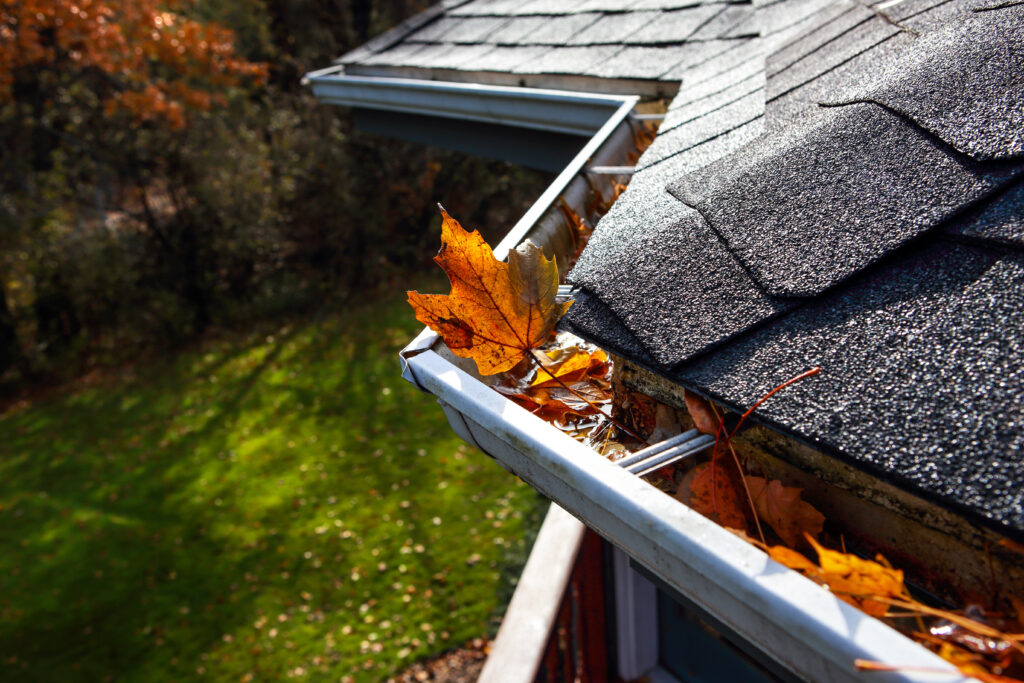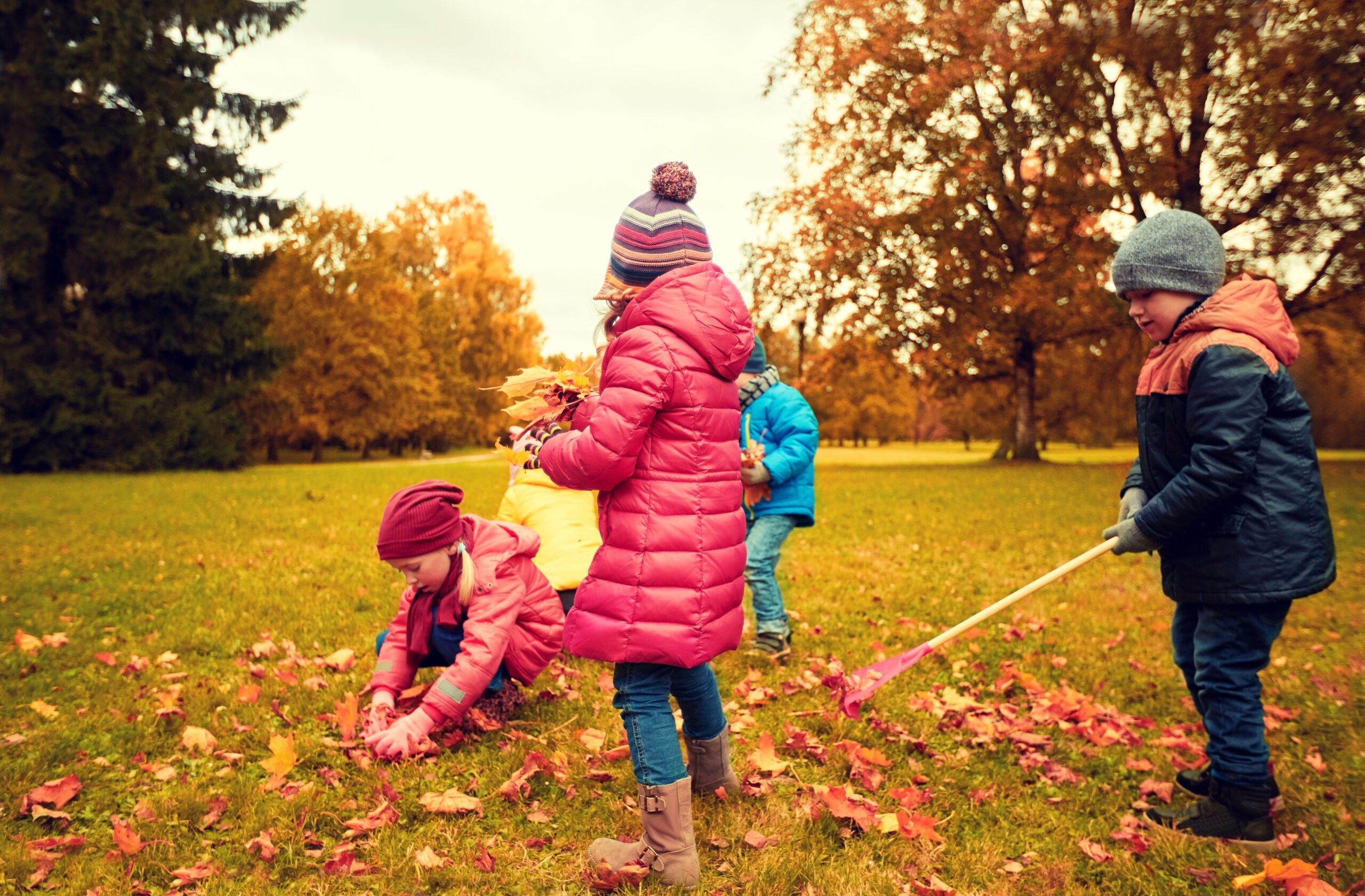Fall Home Maintenance Checklist

Seal Out the Winter
Caulk and weatherstripping: These trusty tools are your best friends when it comes to sealing air leaks around windows, doors, and other openings. Keep the cold drafts out and the heating costs down.
Roof inspection: A professional roof inspection is a wise investment before winter arrives. Identify any loose or missing shingles and have them repaired to prevent leaks and structural damage.
Gutters and downspouts: Clogged gutters can cause all sorts of problems, from roof damage to foundation erosion. Make sure to regularly clean out leaves and debris, especially during fall leaf drop season.
Indoor Comfort and Safety
Smoke alarms and carbon monoxide detectors: These life-saving devices are essential for every home. Test them regularly and replace batteries as needed.
Thermostat adjustment: Save money on your heating bill by lowering the thermostat temperature at night and when you’re away from home. A programmable thermostat can help you automate this process.
Furnace inspection: Have your furnace inspected by a professional technician before the winter season. This will ensure that it’s in optimal working condition and help prevent potential heating problems.
Winterizing Your Fireplace
Stock up on fuel: If you have a wood-burning fireplace, stock up on dry, well-seasoned firewood. Store it in a dry location to prevent it from getting wet, as wet wood can be difficult to burn and can create more creosote buildup.
Chimney inspection: Have your chimney inspected by a professional chimney sweep before the winter season begins. They will check for any damage, creosote buildup, or blockages in the flue.
Emergency supplies: Keep a fire extinguisher and a supply of firewood, matches, and kindling nearby in case of emergencies.
Chimney Care
Chimney inspection: A professional chimney inspection is essential to identify any damage or blockages. Address any issues before using your fireplace to prevent fires and other problems.
Chimney cleaning: Creosote and soot can build up in your chimney over time, which is a fire hazard. Have your chimney professionally cleaned before the heating season begins, especially if you have a wood-burning fireplace.
Winterizing Your Pipes
Plumbing in the attic and drawl space inspection: Winter is a time for cozying up by the fire, not dealing with frozen pipes. Exposed pipes in your attic and crawl spaces are at high risk of freezing and bursting, which can lead to costly repairs and water damage. While there are a few things you can do to winterize your plumbing yourself, such as insulating pipes and disconnecting outdoor hoses, it’s best to call a professional plumber if you’re not comfortable tackling the job.
Here are a few of the things a professional plumber can do to winterize your plumbing:
- Insulate exposed pipes with foam pipe insulation or heat tape.
- Disconnect and drain outdoor hoses.
- Shut off the water supply to outdoor faucets.
- Drain water from toilets and sinks.
- Add antifreeze to water traps in sinks and drains.
- Inspect your plumbing system for any leaks or damage.
Gas Safety
Gas stove test: Turn on your gas stove to ensure that it ignites properly and that the flames are steady and blue. If you notice any issues, such as yellow flames or irregular burning, contact a professional immediately.
Gas line inspection: Hire a licensed professional to inspect your gas lines for leaks and other problems. This is an important safety measure to protect your home and family.
Filter replacement: If your gas stove has a range hood or exhaust fan, clean or replace the filters regularly. This will help to remove smoke, odors, and moisture efficiently.
Exterior Protection
Winterize your sprinkler system: Preparing your sprinkler system for winter is essential to prevent damage from freezing, like burst pipes and sprinkler heads, and to extend the system’s lifespan by minimizing rust and corrosion. This winterization process involves removing water to prevent freezing, making it a cost-effective preventive measure. Don’t forget to disconnect exterior hoses from your sprinkler system to ensure its protection during the colder months. Click here for more tips.
Tree and shrub trimming: Trim trees and shrubs near your home to prevent damage to your roof or siding during winter storms. Be sure to seek professional advice if you’re unsure how to proceed.
Deck and patio maintenance: Clean and seal your deck or patio to protect it from harsh winter conditions. This will help to extend the lifespan of your outdoor living spaces.
Driveway and walkway inspection: Examine your driveway and walkways for cracks or damage. Repair any issues to prevent further deterioration.
By dedicating time to fall home maintenance, you accomplish multiple goals. First and foremost, you shield your home from the harsh realities of winter, safeguarding its integrity and guaranteeing your family’s comfort for years ahead. Furthermore, a proactive approach to maintenance can save you from dealing with inconvenient and costly claims during the winter season. Therefore, it’s time to get to work. Roll up your sleeves, gather your tools, and prepare your home for the impending winter season!
Helpful Resource Links
Energy.Gov – How to Apply for Weatherization Assistance
CDC.Gov – Stay Safe and Healthy in Winter
Red Cross – Winter Storm Preparedness & Blizzard Safety
Home Depot – Fall Maintenance Checklist

